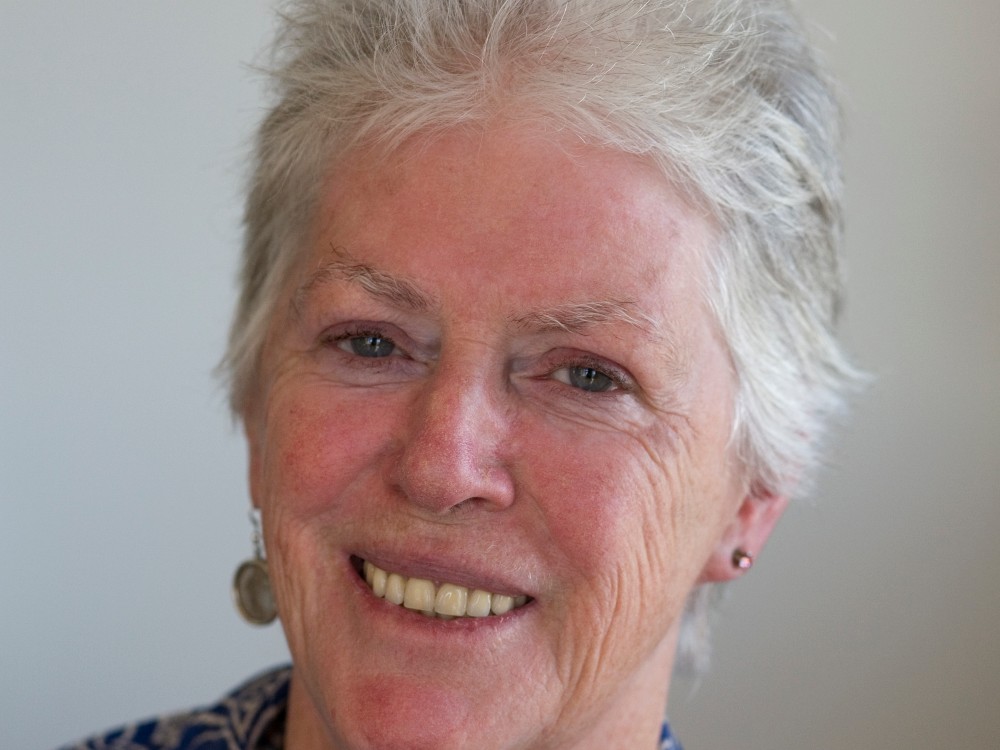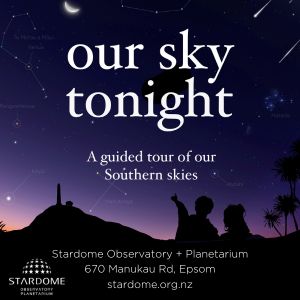Historian Gareth Watkins looks back at the May dates that shaped Aotearoa’s queer community forever.
20 May 1863
Reverend Henry Turton of Nelson stood trial at the Supreme Court on a charge of sodomy. One of Turton’s servants, Isaac Nash, told the court how he had been summoned to Turton’s bedroom to bring alcohol. According to Nash, Turton asked him to get into bed and then raped him. Nash told the court that he had later been intimidated by Turton, “[he] told me he had lots of money, and would see it out.” Turton had been arrested earlier in May trying to flee to Australia. The judge’s summing up was reported by the Wellington Independent newspaper “If the jury believed any tittle of the evidence they would, in all probability, regard [Nash] as an accomplice… It was always unsafe to place confidence in the unsubstantiated evidence of an accomplice.” The jury, without even retiring, returned a not guilty verdict.
1 May 1912
Artist Leo Bensemann was born in Takaka, Golden Bay. At the age of nineteen he moved to Christchurch with his schoolfriend and lover Lawrence Baigent. Bensemann became a member of The Group – a collection of influential artists including Colin McCahon, Rita Angus and Toss Woollaston. Bensemann married in 1943 and had four children. It was only in the early 2000s, after both Baigent and Bensemman had died, that their homosexual relationship became widely known when Baigent’s partner outed them on National Radio. Writer Peter Simpson recalls “it caused a great kerfuffle among [Bensemann’s] family because the notion that their father or husband was gay had never occurred to them, ever.” The fallout from the broadcast saw Baigent’s dairies, which are rumoured to be “full and frank”, embargoed for thirty years.
3 May 1929
Charles Mackay was shot dead by police in Berlin, Germany. It ended a remarkable decade in the life of Mackay. In May 1920, while still Mayor of Whanganui, Mackay was arrested for attempting to kill poet Walter D’Arcy Cresswell. Cresswell had tried to use Mackay’s homosexuality to blackmail him out of public office. Mackay pleaded guilty to attempted murder and was imprisoned for fifteen years with hard labour. Mackay was reportedly released in 1926 on the condition that he would leave New Zealand immediately. He went to England and then to Berlin where he worked as a journalist. In May 1929, while covering a riot between communists and police, Mackay was shot and killed by the authorities.
16 May 2007
After a nearly five-month delay, the Charlotte Museum Trust was finally registered as a charitable trust. The enthusiasm for a museum of lesbian culture in Auckland had been growing for some time, and in January 2007 a Trust deed had been signed. And then the waiting began. Founding trustee, Miriam Saphira, recalls phoning the Charities Commission in May 2007: “I do not know what the problem is as our trust deed has been rigorously checked by a lawyer. We are lesbians so we are used to discrimination and some people would have a personal or religious difficulty with the idea.” Within hours they were told that their application had been approved. The museum now holds a diverse and significant collection of lesbian-related taonga, books and early publications.
3 May 2012
A powhiri and gifting ceremony was held at Te Papa to mark the national museum becoming the guardian of the New Zealand AIDS Memorial Quilt. The New Zealand quilt is made up of sixteen blocks and a small number of individual panels. Each block contains up to eight separate panels, each measuring six feet by three feet (roughly the size of a grave). Attending the ceremony were Nicki Eddy and daughter Megan. They knelt next to the quilt they had made in 1991 for Nicki’s brother Robin. Nicki reflected on how Robin’s nieces and nephews left painted handprints underneath his birth and death dates: “Under the 2nd May is my daughter Megan’s handprint because she was born on [Robin’s] eighteenth birthday, and my son Bryce is under the 20th May because [Robin] passed away on the 20th May [1991] which was Bryce’s seventeenth birthday.”

















